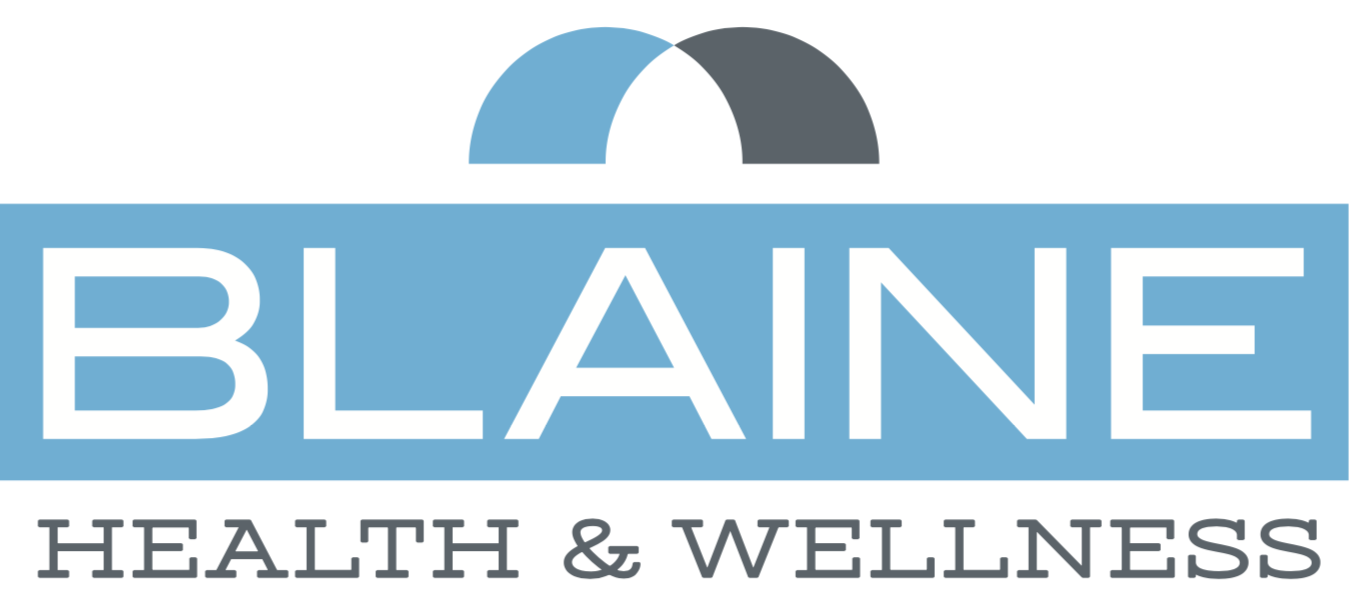The DMR Method
The DMR Method provides integrative care and has proven results as a holistic approach to drug-free pain relief. It is a course of evaluation and individualized treatment provided by a team of healthcare providers at Blaine Health & Wellness of physical therapists, chiropractors, massage therapists and allied medical providers. The primary goal of treatment is to decrease symptoms rapidly and correct the underlying cause of the condition by restoring mobility, alignment and stability to the spine.
Diagnose
We identify the root cause and contributing factors of a patient’s condition through comprehensive consultation, medical history and in-depth examination. We also identify any conditions that require referral to other medical providers for evaluation and treatment.
Manage
A treatment progression is developed incorporating the three phases of recover (relief, repair, rehab) and three goals of treatment (mobility, alignment, stability). Care is managed closely by monitoring the patient and facilitating collaboration between the patient, treatment team and allied medical providers.
Rehabilitate
We provide exceptional patient education and clinical care to make sure patients have the tools they need to ensure success. Working with patients to transition to a simple, specific and sustainable independent self-care program to support long-term stability.
Our Method is Powerful
Many patients of the DMR Method often report after years of trying other treatments, they were finally able to experience real, thorough and lasting pain relief with this unique spinal rehab program.
Our innovative method offers drug-free, non-surgical remedies for sufferers of spinal injuries and mis-alignments. Previous patients of chiropractic care and physical therapy are able to attain more comprehensive results because of our specific course of action; carried out in a prescribed manner proven to deliver results.
Our Method is Proven to Alleviate Symptoms From These Conditions:
Sciatica
Chronic neck or back pain
Upper or lower extremity pain, numbness, or weakness
Headaches
Herniated disc
Stenosis
Degenerative disc disease
Spondylolisthesis
Facet syndrome
Whiplash
Is Our Method Right for You?
During a consultation, we can determine if it’s the right course of treatment for you but patients with symptoms such as these are good candidates:
If your back seems to be overly sensitive and gets aggravated or injured easily
If you’ve been recently injured
If spinal surgery has been recommended and it’s not a medical emergency
If you’ve had spinal surgery and your symptoms have returned or worsened
If previous chiropractic, physical therapy, and other rehabilitation has failed to improve your condition




